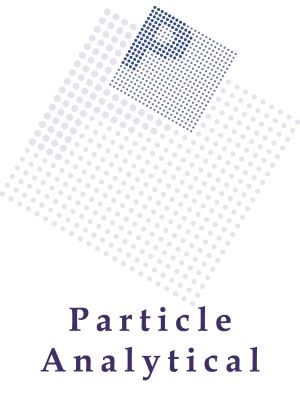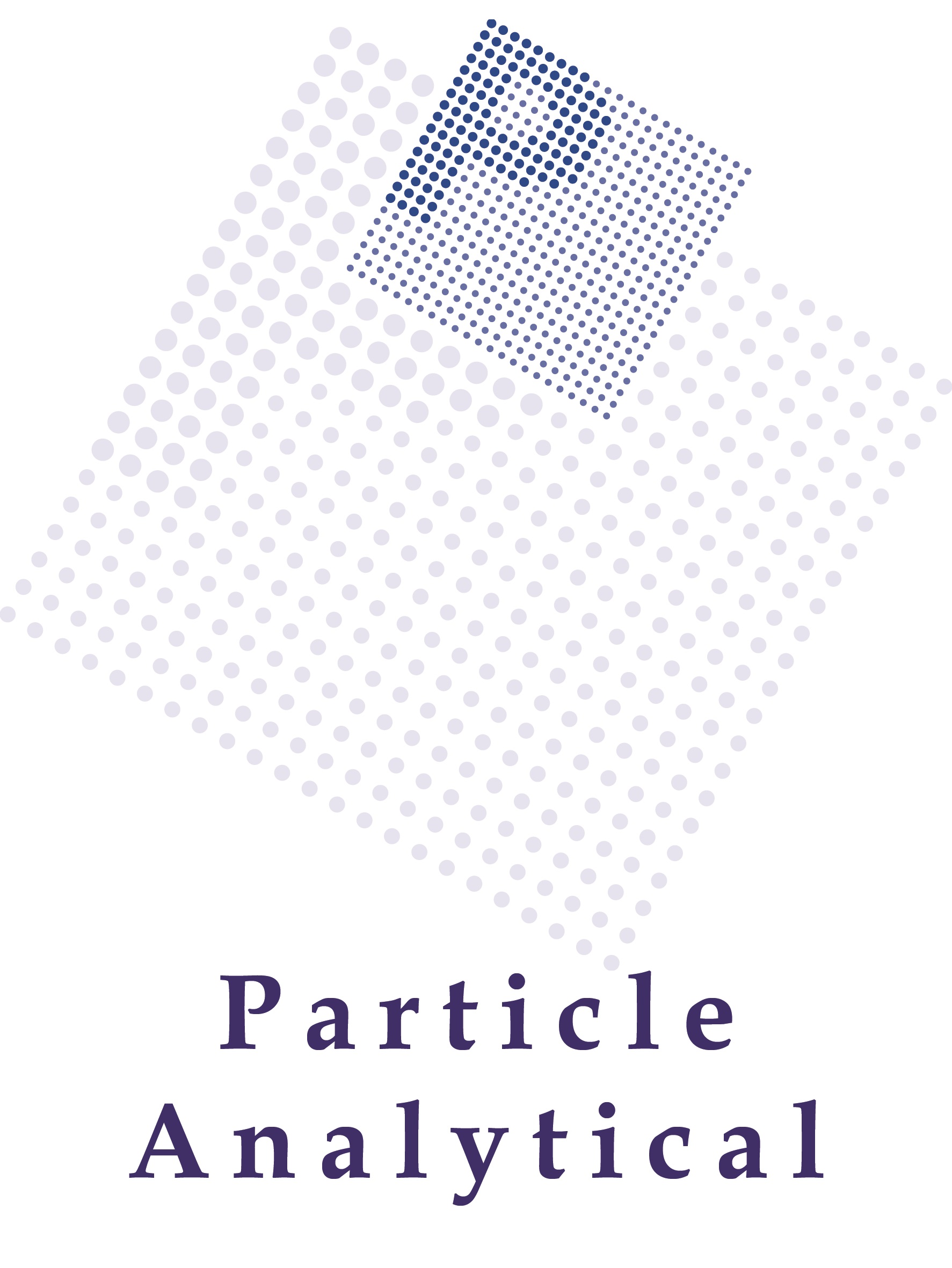By Particle Analytical…
Laser diffraction: Safe migration from Malvern Mastersizer 2000 to Mastersizer 3000
This White Paper from Danish-based Particle Analytical discusses validation approaches when using the most widely preferred instrument for determining particle sizes, the Mastersizer series laser diffraction from Malvern Instruments.
In particular, the paper outlines the correct process to follow when migrating from the soon to be discontinued Mastersizer 2000 to the current Mastersizer 3000 instrument. It covers method transfer and possible additional validation to ensure trouble-free exchange of instruments without compromising quality of the results, thus complying with GxP and other guidelines.
The paper identifies a number of potential ‘pitfalls’ in transferring to a new laser diffraction system that include:
- Selection of ‘default value’ refractive index (RI) optical properties of either particles or solvent that can return incorrect readings
- Failing to take account of the wider particle size dynamic range of Mastersizer 3000, leading to distorted results
- Using an excessive obscuration (concentration of particles), causing multiple scattering and apparent reduction in measured particle size
- Need for special caution in using dry dispersion, due to pressure discrepancies between the former ‘Scirocco’ dispersion unit and the new ‘Aero’ unit with its optimized mechanism. This variance requires preliminary pressure titration to be carried out

















